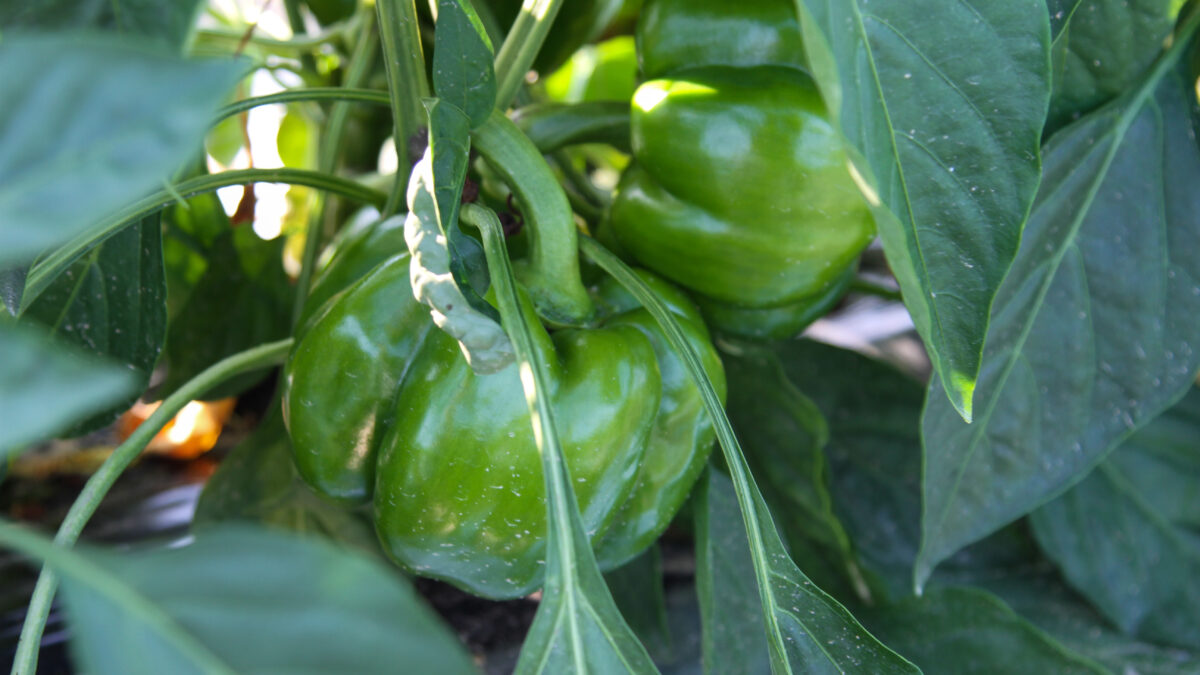SmartLabels - A Practical, ‘Augmented Transparency’ Tool for Consumers
Guest Author
Special Contributor to FB.org

photo credit: Alabama Farmers Federation, Used with Permission
Guest Author
Special Contributor to FB.org
By Robert Giblin
Augmented transparency – or the use of information technology to provide multiple levels of detail about food and other products – is working its way into grocery stores, providing consumers with multiple channels to find out more about where food comes from and how it was produced.
New SmartLabels provide an augmented transparency tool for consumers to access consistent, factual and detailed information about a wide range of food, beverage, household, pet care and personal care products. About 30,000 grocery products will carry SmartLabels before the end of 2017.
SmartLabels were conceived in 2015 by the Trading Partner Alliance, formed by the Grocery Manufacturers Association and Food Marketing Institute.
SmartLabels were created to help address consumer desires for more information, while overcoming the limited space available on printed product labels. Ultimately, consumers will have several tools to access SmartLabel information: a QR code that can be read with a smartphone, tablet or scanner that retailers provide; smartphone apps now in development; company, brand or product websites; and a searchable website (www.smartlabel.org).
The new food labels provide access to standardized information on nutrition, ingredients and allergens. Detailed information – what each ingredient is and does, and why it’s in the product – also will be included. Participating companies may provide usage instructions, certifications, and background information about where the product came from and how it was produced. Links to the company’s website or other resources also may be included.
Information on labels is bound by the same requirements as printed packages and labels, and subject to oversight by the Food and Drug Administration, Agriculture Department and Federal Trade Commission.
Combined with a new law passed in 2016, consumers also will be able to use SmartLabels to identify products that include ingredients derived from genetic engineering – often called GE or GMOs.
GMO product labeling has been hotly debated for two decades. A bipartisan bill passed in 2016 created the first law to require GMO or bioengineered ingredient disclosure. Under the new law, bioengineered disclosure will be standardized, thus preventing a patchwork of confusing and expensive local and state regulations.
The Agriculture Department has until mid-2018 to flesh out the program, but food companies will select from several approved labeling options: a bioengineered label to be created by USDA, a label stating that the food contains bioengineered ingredients, offering information via a toll-free phone number, or putting the information into a SmartLabel QR code.
The bioengineered disclosure standard and its incorporation into the SmartLabel program provides new, deeper levels of information and transparency, but it won’t solve problems caused by the halo and reverse-halo effects of certain words used in food labeling.
Labels noting what food products contains – or do not contain – can provide useful and, perhaps, life-saving information to those who need it. For example, consumers allergic to peanuts, or who have been diagnosed with celiac disease and can’t consume gluten, increasingly can identify and select or avoid foods based on their unique dietary needs.
Conversely, many consumers don’t understand terms used in food labeling. Lots of words sound green and healthy; others sound scary. For many food products, “free-from” claims for GMOs, hormones, antibiotics, gluten and other products at best are unnecessary statements of the obvious. At worst, they can be misleading and confusing. For example, studies have shown that some consumers believe products labeled as organic are for weight loss. For those who don’t need to, cutting gluten from the diet can contribute to nutritional deficiencies or obesity.
SmartLabels will provide consumers with an augmented transparency tool to access facts. As the volume of information available to consumers increases, so will the need to help them understand and interpret it.
Robert Giblin
Freelance writer
Robert Giblin writes, speaks and consults about agricultural and food industry issues, policies and trends.
Top Issues
VIEW ALL